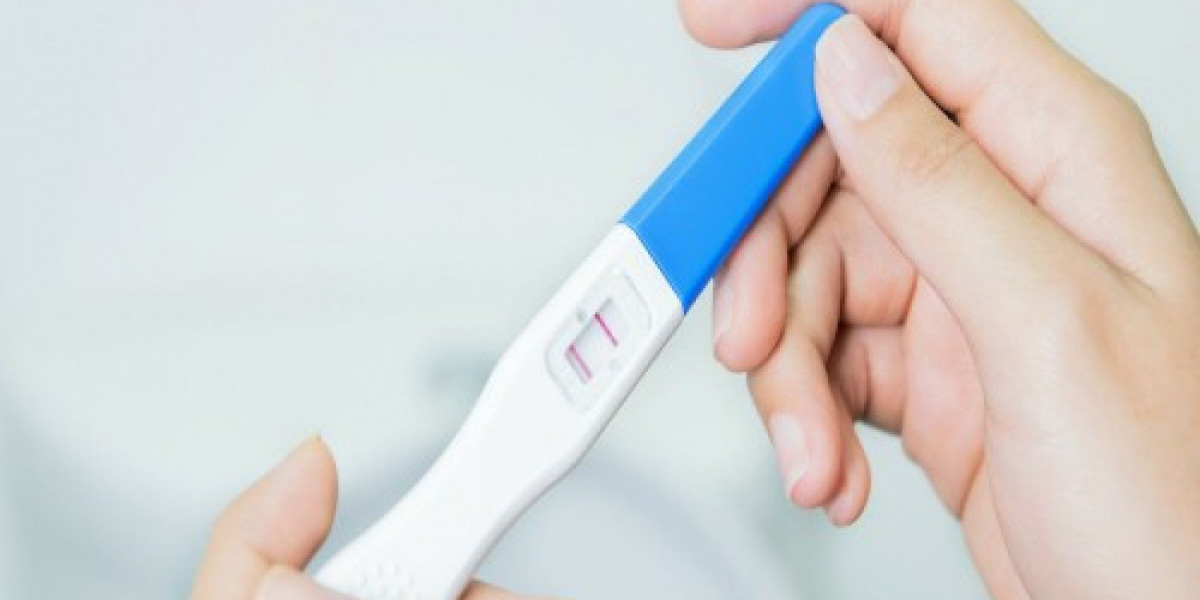What is Ovulation?
Ovulation is the process in which a mature egg is released from one of the ovaries during the menstrual cycle in fertile-aged females. During ovulation, a ripe egg is released from inside the ovaries into one of the Fallopian tubes. This occurs around day 14 of a typical 28-day cycle, but this can vary slightly from woman to woman. The released egg will live for around 12-24 hours awaiting fertilization by sperm. If fertilization does not occur, theegg disintegrates and the uterine lining is shed, resulting in a menstrual period.
The Menstrual Cycle
To fully understand ovulation, it's important to overview the typical female menstrual cycle. The average menstrual cycle lasts around 28 days, but cycles can range from 21 to 35 days and still be considered normal. The cycle begins with Day 1 of your period. Over the next 1-2 weeks, the level of estrogen rises, causing the uterine lining to thicken in preparation for a potential pregnancy. Around Day 14, if no pregnancy has occurred, ovulation occurs - the release of a mature egg from one of the ovaries. If the egg is fertilized by sperm, it will implant itself in the thickened uterine lining. If not fertilized, the uterine lining and unfertilized egg will be shed from the body, beginning a new cycle.
Signs of Ovulation
While an Ovulation Test Kit can confirm the exact day of ovulation, there are also some natural signs the body gives in the days leading up to and during ovulation. One of the most notable signs is cervical mucus. In the days leading up to ovulation, cervical mucus increases and becomes clear, slippery and stretchy - ideal conditions for sperm to survive. Around ovulation, it changes again becoming less abundant, thicker and more cloudy. Basal body temperature also rises slightly after ovulation as progesterone levels rise. Some women also experience mid-cycle spotting, breast tenderness and mittelschmerz (ovulation pain). Tracking these signs can help predict your most fertile days.
Fertile Window and Conception
To become pregnant, fertilization must occur when the egg is released from the ovaries during ovulation. However, sperm can survive inside the female reproductive tract for several days. The period of 5 days before until 1-2 days after ovulation is known as the "fertile window." Having unprotected sex during this time provides the best chance for pregnancy. Sperm must be present in the fallopian tubes to meet and fertilize the released egg within its 12-24 hour lifespan. If fertilization is successful, the fertilized egg travels down the fallopian tube and attaches itself to the thickened uterine lining. Implantation occurs approximately 6-10 days after ovulation for a pregnancy to occur.
Factors Affecting Ovulation
Many things can impact the ovulation process and fertility. Stress, weight fluctuations, medical conditions and medications are among the top factors that can disrupt regular ovulation cycles. Other issues like polycystic ovary syndrome (PCOS), thyroid problems and physical or emotional stress can cause irregular or even absent ovulation in some cycles. Lifestyle choices like diet, exercise, smoking and alcohol/caffeine consumption may also play a role. Understanding how factors like these impact your body can provide insight into optimizing ovulation and fertility. Tracking your cycles is important for detecting any changes or irregularities that may warrant speaking with your healthcare provider.
Importance of Tracking Ovulation
Knowing when you ovulate each month is helpful whether trying to conceive or prevent pregnancy. By pinpointing your fertile window, you can either plan or avoid intercourse during that time. Tracking ovulation allows you to identify patterns and fluctuations in your cycle to optimize family planning efforts. The easiest ways to track ovulation are through calendar-based methods, checking cervical mucus, using an ovulation prediction kit, or basal body temperature charting. An app can also help you log physical signs and test results each day. Understanding your cycle gives insight into overall fertility and menstrual health that can aid discussions with your doctor if issues arise. With awareness and natural family planning methods, you can increase chances of conception or effectively prevent it each month.
Ovulation is a complex natural process involving the interaction of hormones that signals the release of an egg. Understanding the normal menstrual cycle and signs of ovulation allows women to determine their fertile window each month. Factors like weight, stress, lifestyle and medical conditions can all impact ovulation and fertility. By tracking ovulation through apps, at-home kits or charting physical signs, women gain awareness of their fertility that helps plan or prevent pregnancy. This insight is also beneficial for identifying irregular cycles that may require medical evaluation or treatment. Gaining knowledge of the ovulation process empowers women to take charge of their reproductive health.
Get this Report in Japanese Language: 排卵検査キット
Get this Report in Korean Language: 배란 테스트 키트
About Author:
Money Singh is a seasoned content writer with over four years of experience in the market research sector. Her expertise spans various industries, including food and beverages, biotechnology, chemical and materials, defense and aerospace, consumer goods, etc. (https://www.linkedin.com/in/money-singh-590844163)










